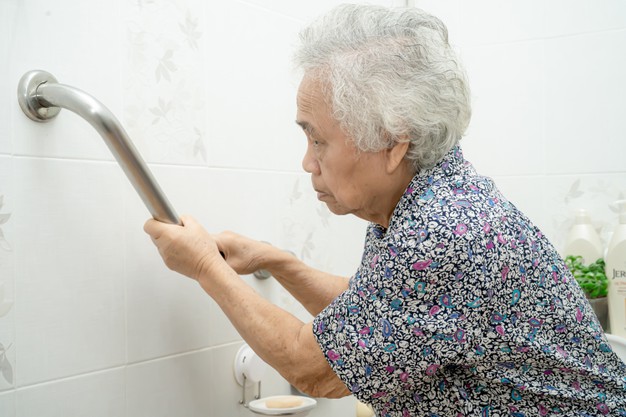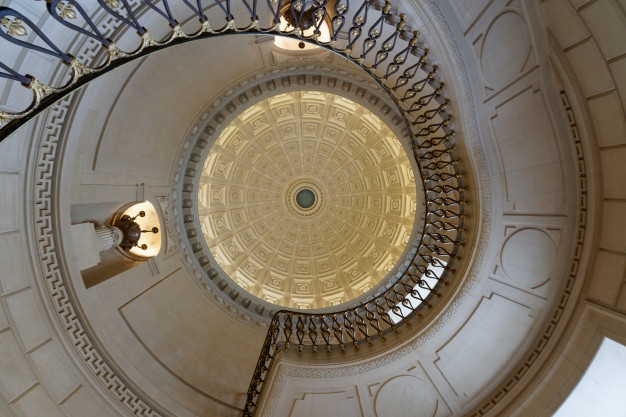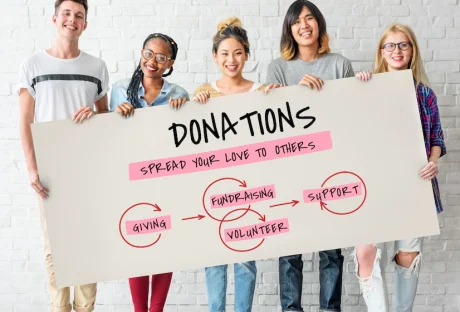The rates of falls and staircase-related injuries among the elderly continue to increase.
A Queensland government health report states that 100,000 people are hospitalized due to falls. The main causes include slipping, tripping, and stumbling, especially on stairs. Almost 10% of ambulance calls in Victoria attend to elderly patients who have fallen.
This article examines stair safety for senior citizens and how to proactively stop falls.
We explore safety features like stair treads and guard rails. And how the right lighting will protect the physically vulnerable.
Learn about stair safety and consider the elderly by reading these 3 tips. Then make falls and trips a thing of the past.
1. Safety Rails for Staircases:
Stair safety guardrails act as an invaluable support aid when mounting or dismounting stairs.
According to the government’s WorkSafe guide, each stairway should include at least one handrail. If the stairs are wider than 100cm then two handrails are required on either side.
Slippy rails or those too large to grip are worse than useless.
A power grip style that’s rectangular or circular allows the person to hold tight and use the stairs with confidence. There should be no obstructions to allow free movement. And the rails need to be visually significant so they’re easy to see.
2. Stair Treads for Elderly Relatives:
Stair treads are the horizontal part of a stair on which a person steps on.
Treads are often carpeted in elderly residential homes and houses. However, this type of material can rise or bump making the tread a tripping hazard.
Non-slip treads provide a safer environment. Methods include:
- rubber or abrasive treads
- anti-slip tape
- slip-resistant nosing
Nosing is the edge of the stair where footfall is greatest. Stairs without firm nosing will see a higher number of falls. Therefore, it’s essential to include adequate nosing that is easily seen and strong enough to take a person’s full weight.
Staircase installers offer a full range of stair treads available in different colors and finishes. There are multiple nosing options on offer too but ask for the right type to suit the intended setting.
3. Improve Lighting and Remove Tripping Hazards:
Stairs should always have a high illumination level. Especially when contrasted to adjacent spaces.
Shadows and low areas of light can disrupt visibility. Remove them by installing low-glare overhead lights or a stair lighting kit. Make sure to have light switches on the upper and lower levels too.
Additionally, remove any tripping hazards from the staircase.
Items like clothing or books must never block the stairs. Carers should inspect the staircase regularly and remove all items. Training in care homes should provision for this along with general safety guidelines.
Making Stairs Safer for Seniors:
Senior staircase safety should include increasing visibility, removing hazards, and upgrading staircases.
Stair injuries can be grave and life-threatening in nature for seniors. You can suffer from injuries that might require medical procedures like hip replacement surgery or one for the knee. This is one reason why staircase safety is advocated.
Adding non-slip stair treads and dual handrails not only acts as safety features but can boost confidence. Adding extra light will help too.
Make an elderly person more comfortable in their home by following these tips. Reduce falls and increase the quality of life through simple staircase additions.
Read Also:

























